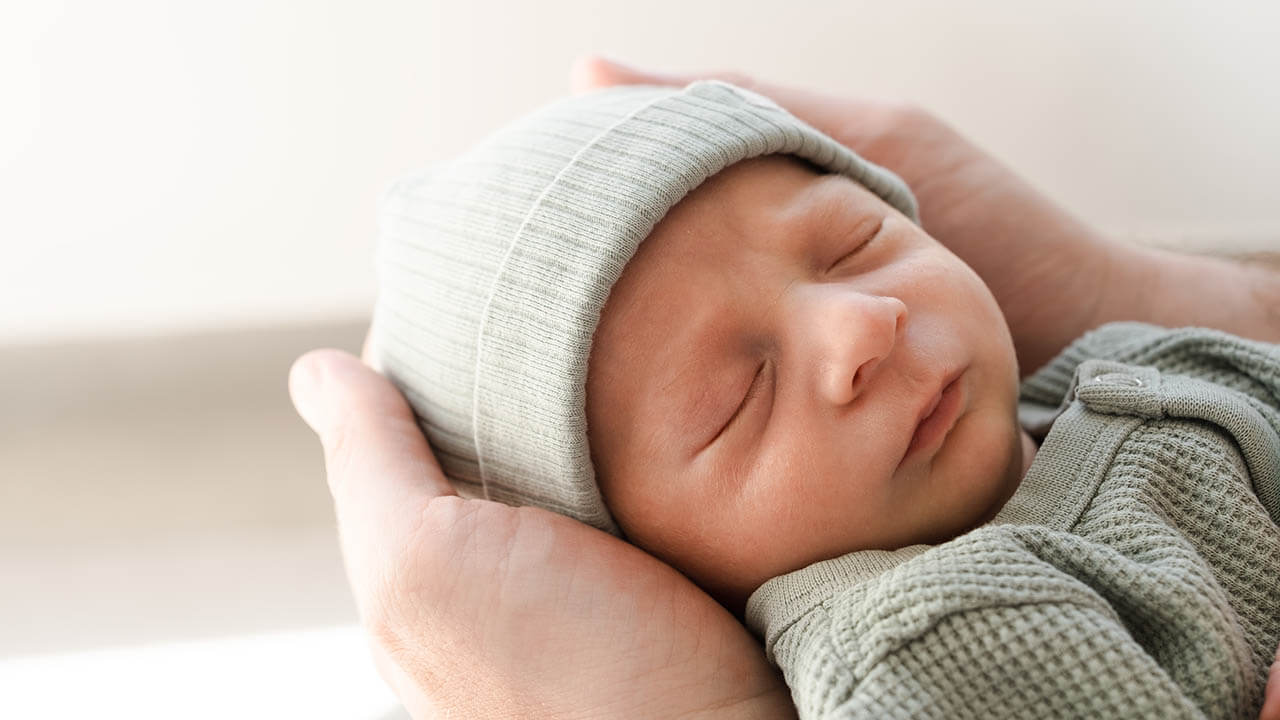

A solution for babies born with ear deformities
Yes, babies can be born with ear deformities and there is a treatment method to help! Ear molding is a non-surgical method designed to correct the shape or symmetry of your baby’s ears. It involves the application of a flexible plastic appliance to gently hold the ear in the desired shape. The best part? It’s completely pain-free for your little one!How long does treatment last?
Typically, the appliance remains in place for about two weeks before it’s replaced with a new one. The entire treatment process usually spans from four to six weeks, depending on the severity of the deformity. So, rest assured, you won’t have to wait long to see those adorably shaped ears!At what age is this done?
Timing is crucial when it comes to ear molding. Ideally, it should be initiated within the first two weeks after your baby is born. Why so early? Well, during this precious window of time, your baby’s cartilage is still soft and malleable, making it easier to mold. After about six to eight weeks, the cartilage starts to harden and the ears cannot be molded.What types of deformities can ear molding correct?
Ear molding isn’t just a one-size-fits-all solution. It can address a variety of ear deformities, including cup ear/constricted ear, cryptotia, prominent ear, Stahl’s ear and helical rim irregularities. However, it’s important to note that it cannot correct missing portions of the ear.Is ear molding painful?
One of the most common concerns parents have is whether ear molding is painful for their little bundle of joy. The good news is that it’s completely pain-free! No injections, no incisions—just a simple, gentle method to help your baby’s ears take on a more symmetrical shape.Why might your baby benefit from ear molding?
Beyond the aesthetics, correcting ear deformities early on can have profound effects on your child’s future well-being. Issues like wearing glasses or hearing aids may become more challenging with misshapen ears, it may help avoid surgery later on in life, and not to mention the potential impact on self-confidence and susceptibility to bullying. By addressing these concerns early with ear molding, you’re setting your child up for a happier, more confident future.If you’ve noticed any irregularities with your baby’s ears, don’t hesitate to reach out to our highly qualified team at Prevea who works with Dr. Megan Dietze-Fiedler. We’ll set you up with a thorough evaluation so you can meet the team and get all our questions answered. Remember, early intervention is key!


